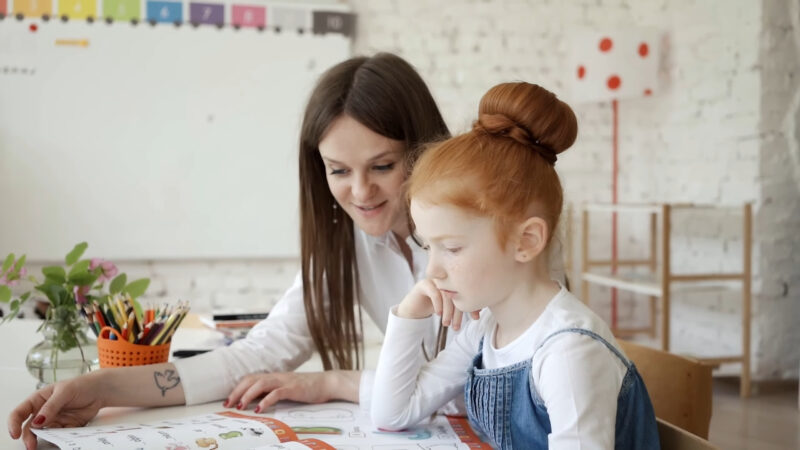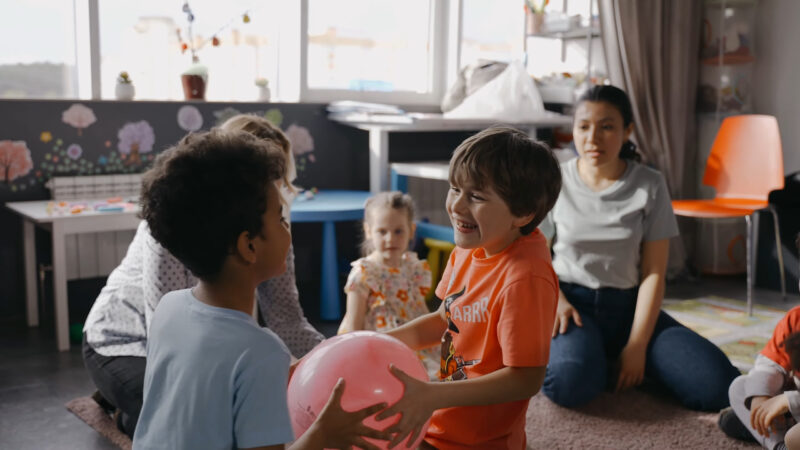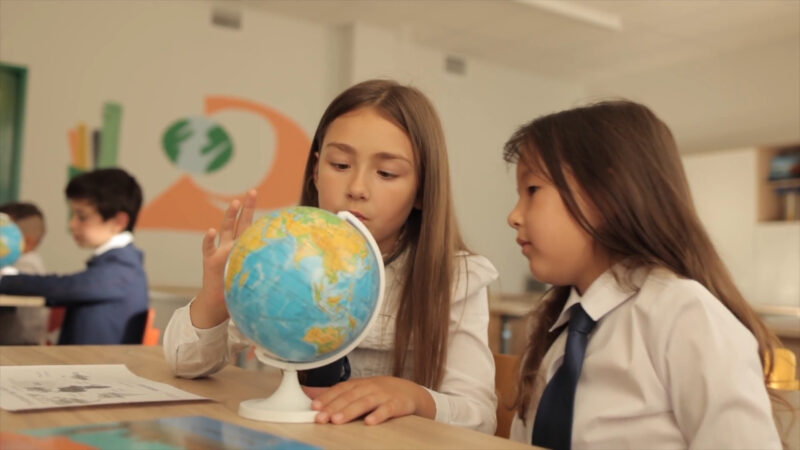Critical Pedagogy is a way of thinking about and teaching education. It’s not just about learning facts and figures but about understanding the world around us and how we can change it for the better. This approach encourages students to ask questions, think critically about their society, and recognize the influence of power and politics in their lives.
Today, we’ll explore what Critical Pedagogy is, how it differs from regular teaching methods, and why it’s important.
Key Principles

Critical Pedagogy revolves around the concept of “critical consciousness” – a term coined by Freire to describe the ability to perceive social, political, and economic contradictions and to take action against oppressive elements in society.
It encourages students to analyze their own experiences in relation to the broader social context and to understand the power dynamics at play.
This pedagogical approach challenges traditional teaching methods, which often ignore these larger societal issues. It emphasizes the role of education in shaping more just and equitable societies.
Furthermore, Critical Pedagogy is not just about understanding the world, but also about transforming it through informed action.
Focus on Social Justice

A significant aspect of Critical Pedagogy is its commitment to social justice. It aims to educate students not just academically but also as active, critical citizens who can challenge injustices and inequalities in society.
This approach fosters a sense of responsibility among students to work towards a more equitable world. It goes beyond the classroom, inspiring students to apply their learning in real-world contexts.
The focus on social justice equips students with the skills and knowledge to become agents of change in their communities. It also leads to the development of empathy and understanding of different perspectives and experiences.
Transformative Learning

Critical Pedagogy is transformative in nature. It seeks to transform the traditional teacher-student relationship, promoting a more participatory and collaborative learning environment. It also aims to transform students into critical thinkers and active participants in their communities, capable of challenging and changing oppressive structures.
This transformation extends to how knowledge is created and shared, making it a more democratic and inclusive process. The learning experience under this model becomes more engaging and relevant to students’ lives.
Ultimately, Critical Pedagogy empowers students to not only question what they learn but also to shape the learning process itself.
Implementation of Critical Pedagogy
In the Classroom

Implementing Critical Pedagogy in the classroom involves creating a learning environment where dialogue, critical thinking, and reflection are encouraged. Teachers act as facilitators rather than authoritative figures, guiding students to question and challenge prevailing norms and ideas.
This includes using teaching methods that are interactive, such as group discussions, debates, and problem-solving activities that are relevant to students’ lives and societal issues. These activities are designed to foster a sense of community and collaboration among students.
The role of the teacher shifts from being a dispenser of knowledge to a co-learner and co-creator of knowledge with the students. This approach helps to break down the traditional power hierarchies in the classroom, promoting a more egalitarian learning experience.
Beyond Traditional Curriculum
Critical Pedagogy pushes for a curriculum that is not confined to traditional academic subjects. It incorporates themes around social justice, cultural diversity, and political awareness. The curriculum is often tailored to reflect the experiences and backgrounds of the students, making learning more relevant and engaging for them.
This approach ensures that education is not just about the acquisition of knowledge but also about understanding the context and application of that knowledge. It also allows for the inclusion of marginalized voices and perspectives, which are often overlooked in conventional curricula.
By doing so, Critical Pedagogy makes learning more inclusive and representative of the diverse world we live in.
Student Empowerment

A key aspect of implementing Critical Pedagogy is empowering students. This means giving them a voice in their education, encouraging them to express their views and opinions, and making them active participants in the learning process.
It also involves helping students develop the skills and confidence to effect change in their communities and society at large. Empowerment in this context is about more than just academic success; it’s about nurturing independent, critical thinkers who are socially and politically aware.
It’s about equipping students with the tools to critically analyze the world around them and to envision and work towards a better future. This empowerment can have a lasting impact, not only on the students themselves but also on the communities and societies they are part of.
Challenges and Criticisms
One of the main challenges in implementing this approach is the resistance it often meets from traditional educational systems. These systems are typically structured around standardized tests and a fixed curriculum, leaving little room for the flexible and dynamic approach that Critical Pedagogy requires.
This resistance can stem from a lack of understanding of the approach or from an adherence to more conservative educational philosophies. Additionally, the shift from traditional methods to a Critical Pedagogy approach requires significant changes in teaching practices, which can be a daunting task for educators.
Balancing Academic Goals
Another challenge is balancing the goals of Critical Pedagogy with academic standards and requirements. Teachers need to find ways to integrate critical and reflective thinking into the curriculum without compromising on academic rigor and excellence.
This balance is crucial to ensure that students are not only critically aware but also academically competent. Finding this balance often requires innovative teaching strategies and a willingness to experiment with new methods of instruction.
It also involves advocating for changes in educational policies and standards that recognize the value of critical thinking and social justice in the curriculum.
Criticism of Ideological Bias
This method has been criticized for being overly ideological and for promoting a particular political agenda. Critics argue that it might lead to indoctrination rather than education, as it emphasizes certain worldviews at the expense of others.
These criticisms highlight the need for Critical Pedagogy to remain open and inclusive, ensuring that diverse perspectives are acknowledged and discussed. It is important for educators to be aware of their own biases and to strive for a balanced approach to their teaching.
The goal of Critical Pedagogy should be to foster independent thinking and critical analysis, rather than to impart a specific ideological viewpoint.
FAQs
Can Critical Pedagogy be applied to all age groups and educational levels?
Yes, this philosophy can be adapted to suit various age groups and educational levels. For younger students, it might involve more basic discussions about fairness and justice, while at higher education levels, it could include in-depth analyses of social, political, and economic systems.
The key is to tailor the approach to be age-appropriate and relevant to the students’ experiences and understanding.
How does Critical Pedagogy handle the diversity of student opinions, especially on controversial topics?
It encourages diverse opinions and open dialogue. It aims to create a safe space where all students feel comfortable sharing their views, even on controversial topics. Educators facilitate discussions in a way that respects different perspectives while guiding students to critically analyze and question underlying assumptions and biases.
This approach helps students develop empathy and a deeper understanding of complex social issues.
What role do parents and guardians play in Critical Pedagogy?
Parents and guardians play a supportive role. They can encourage their children to question, reflect, and engage with societal issues at home, reinforcing the principles learned in the classroom.
Open communication between educators and parents about the goals and methods of Critical Pedagogy can also help create a more cohesive and supportive learning environment.
Are there specific subjects where Critical Pedagogy is more effective?
This philosophy can be effective in any subject, as it is more about the approach to learning than the content itself. However, it is particularly impactful in social sciences, literature, and history, where there is ample scope to discuss social justice, power dynamics, and cultural contexts.
That said, it can also be integrated into STEM subjects by exploring the ethical and societal implications of scientific and technological advancements.
How do educators prepare to teach using Critical Pedagogy?
They often undergo specific training or professional development to understand its principles and methods. This can include workshops, courses, and collaborative learning with peers.
Educators also need to be committed to continuous self-reflection and learning, as this philosophy requires an awareness of one’s biases and an ability to facilitate open, respectful discussions on a wide range of topics.
Summary
While Critical Pedagogy presents its own set of challenges and requires a shift in traditional educational practices, its focus on social justice, student empowerment, and transformative learning makes it a valuable approach in today’s rapidly changing world.
Ultimately, this approach is about creating a more equitable and just society through education.
